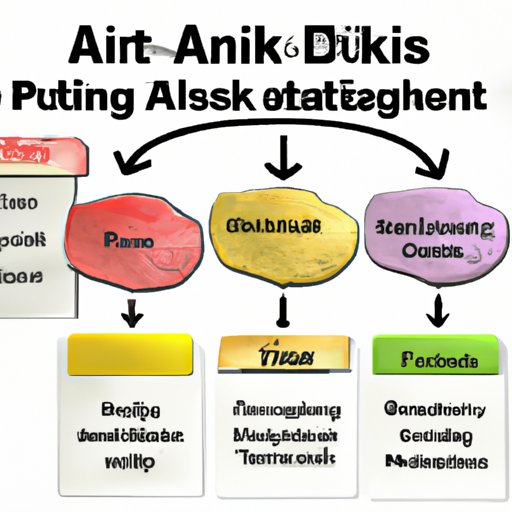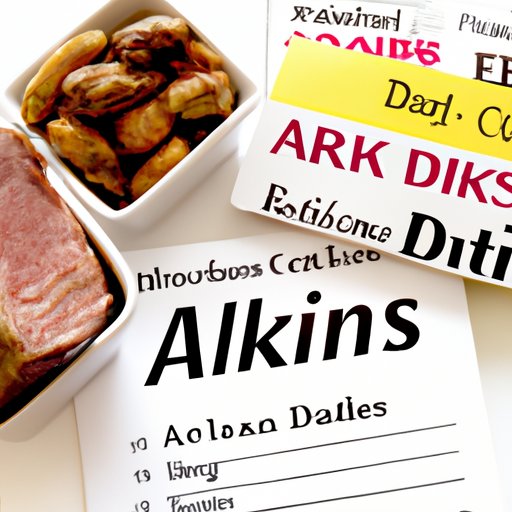Introduction
The Atkins diet is a popular low-carbohydrate diet that was first developed in the 1970s by Dr. Robert C. Atkins. The diet emphasizes eating high-protein, low-carbohydrate foods such as meats, fish, eggs, and nuts while avoiding sugary and starchy foods. The goal of the Atkins diet is to help people lose weight and improve their overall health.

Explaining the Different Phases of the Atkins Diet
The Atkins diet consists of four distinct phases: Induction, Ongoing Weight Loss, Pre-Maintenance, and Lifetime Maintenance. During the Induction phase, which typically lasts two weeks, followers limit their carb intake to 20 grams or fewer per day. This helps jumpstart weight loss and kick-start the body’s metabolic process. During the Ongoing Weight Loss phase, followers gradually increase their carb intake until they reach a level where they are losing one to two pounds per week. In the Pre-Maintenance phase, followers begin to add more carbs to their diet while continuing to monitor their weight. Finally, during the Lifetime Maintenance phase, followers continue to monitor their carb intake and adjust it as needed to maintain their desired weight.
Tips on How to Stick to the Atkins Diet
Sticking to the Atkins diet can seem daunting at first, but there are some tips to make it easier. First, set realistic goals for yourself and be patient with your progress. It may take a few weeks to get used to the new way of eating and to see results. Tracking your progress can also help you stay on track. Writing down what you eat and how much exercise you get each day can help you stay motivated. Another great tip is to find support from others who are also following the Atkins diet. You can join online forums or connect with friends or family members who are doing the same thing.
Planning ahead is also key when it comes to sticking to the Atkins diet. Meal planning and prepping meals in advance can help you stay on track and avoid temptation. Having healthy snacks on hand can also help you stay away from unhealthy foods.

Identifying Foods Allowed on the Atkins Diet
When following the Atkins diet, it’s important to know what types of food are allowed. Protein sources such as meats, poultry, fish, eggs, and tofu are all allowed. Vegetables such as leafy greens, broccoli, cauliflower, and mushrooms are also allowed. Fats and oils such as olive oil, coconut oil, and avocado oil are allowed, as well as dairy products such as cheese, yogurt, and heavy cream.

Sample Meal Plans for the Atkins Diet
Creating meals that follow the Atkins diet can seem intimidating at first, but there are plenty of recipes and meal ideas that are both delicious and nutritious. For breakfast, try a vegetable omelet with cheese or a veggie scramble with bacon. For lunch, try a salad topped with grilled chicken and an olive oil-based dressing. For dinner, try a salmon fillet with roasted vegetables or a steak with a side of sautéed spinach. Snacks could include celery and peanut butter, hard-boiled eggs, and a handful of nuts.
Conclusion
The Atkins diet is a popular low-carbohydrate diet that has been proven to help people lose weight and improve their overall health. Following the diet involves four distinct phases and requires followers to limit their carbohydrate intake. Knowing which foods are allowed on the diet and having meal plans and recipes handy can help make the transition easier. With dedication and commitment, anyone can reap the benefits of this popular diet plan.
(Note: Is this article not meeting your expectations? Do you have knowledge or insights to share? Unlock new opportunities and expand your reach by joining our authors team. Click Registration to join us and share your expertise with our readers.)
